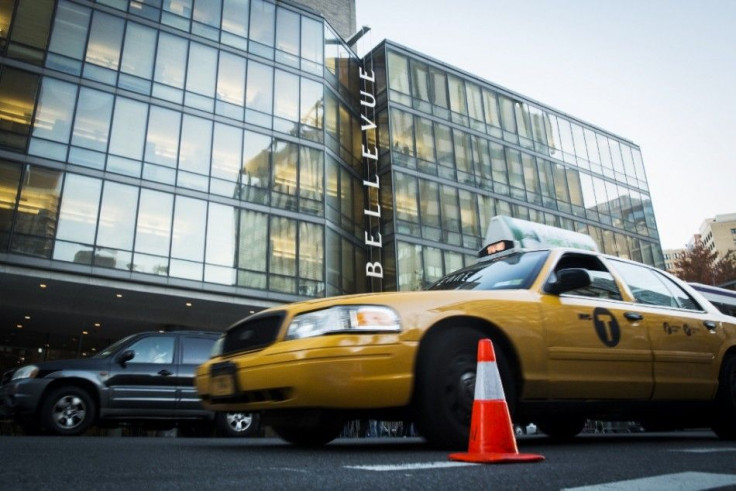Stopping At A Traffic Signal Exposes The Driver To High Levels Of Pollution -- Study

Air pollution is a cause for a number of health problems, contributing to 20 million asthma cases in the U.S. alone, states the Physicians for Social Responsibility report. A new research by the University of Surrey has found that road vehicles cause a lot of these health problems as they emit nanoparticles. In the UK it was found that drivers spend 2 per cent of their time near traffic signals and this short period is enough to contribute to “25% of total exposure to these harmful particles,” the researchers stated in the press release.
Lead author of the study, Dr Prashant Kumar, from the University of Surrey threw light on the harmful effects of spending time in traffic. He said that the World Health Organization placed air pollution as the top ten health risks globally that is affecting human beings. It also linked air pollution as the major cause of seven million premature deaths every year.
To analyse the effects of air pollutants on drivers and the points of journey where they are most exposed to air pollutants, they monitored the drivers’ exposure to it. They found upon monitoring that the driver was exposed most to air pollutants at traffic signals and it was there that there was a change in driving conditions. Since they slow down and prepare to move when the lights turn green, “peak particle concentration was found to be 29 times higher than that during free flowing traffic conditions,” the release stated.
Also most vehicles, especially cars are very close to each other making the commuters exposed to a higher amount of vehicle emission. Dr Kumar states that despite efforts intended to reduce time in cars, there is only an increase of cars on the roads and people too spend most of their time on the road in their vehicles. This only means that more people are getting exposed to air pollutants emitted from these vehicles. Ultimately this contributes to a deterioration in one’s health.
To avoid this exposure to pollutants Dr Kumar provided a few alternatives. He suggested that people should be aware of it and keep the windows shut. It is also good to stay away from other vehicles and turn off the fans to avoid emissions. Pedestrians who use the routes frequently must avoid such intersections, he recommends.
“Local transport agencies could also help by synchronising traffic signals to reduce waiting time and consider alternative traffic management systems such as flyovers," he states.
For questions/comments regarding the article, you may email the writer at richardson.samantha18@yahoo.in





















